Asian Countries Independence
The period after second World War saw the emergence of most countries of Asia & Africa as independent nations. Generally, the colonial powers were not willing to give up their hold on the colonies and left only when they found that it was not possible to maintain their rule anymore.
- During the Second World War, many imperialist countries had been ousted from their colonies, but after the war they tried to re-establish their rule.
- For some time, they succeeded in doing so but were ultimately forced to withdraw.
- The achievement of independence was the result primarily of the struggles of the peoples of the colonies.
- However, the changes in the international climate which followed Second World War helped the peoples struggling for independence.
- Imperialism as a whole had been weakened as a result of the war. Economies of many imperialist countries had suffered.
- Forces within the imperialist countries which were friendly with the peoples struggling for independence also had grown powerful.
- Freedom & democracy were the major aims for which the Allies had fought against the fascist countries and these aims had been made the basis for arousing peoples all over the world against fascism. The fulfilment of these aims could no longer be confined only to Europe.
- Another major international factor which facilitated the end of imperialism was the emergence of the Soviet Union and other socialist countries as a major force.
- These countries were inimical to imperialism and often gave aid and support to the freedom movements in the colonies.
- At the international forums, particularly at the United Nations, the cause of the independence of colonies began to gain popularity. The international opinion was clearly against the continuation of imperialism.
An important role in the achievement of independence by the countries of Asia and Africa was played by the unity which freedom movements in various countries achieved. Freedom movement in one country supported the freedom movements in other countries.
The role of countries which had achieved their independence was very crucial in this regard. These countries supported the cause of those peoples who were still under colonial rule at the United Nations & international forums.
Independence of Asian Nations
India
- The independence of India was of great importance in the history of freedom movements in Asia and Africa.
- India had, however, been partitioned & along with it, another independent state, Pakistan, also came into being.
- Policies pursued by the government of independent India under the leadership its first Prime minister, Jawaharlal Nehru, helped in strengthening the freedom movements in other countries.
Burma
- Burma achieved its independence from Britain a few months after India became independent.
- In 1944, the Antifascist People’s Freedom League had been formed in Burma.
- Its aim was to resist the Japanese invasion of Burma and to win independence for Burma.
- After the war, the British tried to restore their rule over Burma.
- This led to the intensification of the movement for freedom.
- In the course of struggle, many leaders of the Burmese freedom movement were assassinated.
- However, Britain was forced to agree to the demand for freedom and Burma became independent on 4 January 1948.
Indonesia
- After the defeat of Japan, Sukarno, one of the pioneers of the freedom movement in Indonesia, proclaimed independence of Indonesia.
- However, soon after the British troops landed there in order to help the Dutch to restore their rule.
- The government of independent Indonesia resisted the attempt to re-establish colonial rule.
- There were demands in many countries of the world to put an end to the war which had been started in Indonesia to restore the Dutch rule.
- In Asian countries, the reaction was particularly intense. After India became free, it convened a conference of Asian nations in support of Indonesia’s independence.
- The conference met in New Delhi in January 1949 and called for the complete independence of Indonesia.
- The resistance of the Indonesian people & mounting pressure of world opinion and Asian countries compelled Holland to set the leaders of Indonesian people free.
- On 2 November 1949, Holland recognized the independence of Indonesia.
China
Kuomintang & Communist Party of China united under the leadership of Dr. Sun Yat-Sen for complete independence and unification of China. This unity was broken after the death of Sun Yat-Sen and a civil war started in China between the Kuomintang under the leadership of Chiang Kai-Shek & Communist Party of China, whose most important leader was Mao Zedong.
- The Kuomintang under Chiang Kai-Shek was a party which mainly represented the interests of capitalists and landlords.
- The Communist Party, on the other hand, was a party of workers and peasants.
- In areas under Communist Party’s control, the estates of landlords had been expropriated & the land distributed among the peasants.
- Because of the policies pursued by the Communist Party, it gradually won over millions of Chinese people to its side.
Chinese Civil War
Communist Party also organized a huge army called the People’s Liberation Army. After the defeat of Japan & driving out of the Japanese forces from China, the civil war again broke out.
- The government of the United Stated gave massive aid to Chiang KaiShek, but by 1949 his armies were completely routed.
- With the remnants of his troops, Chiang KaiShek went to Taiwan (Formosa), an island which had been occupied by Japan after she had defeated China in 1895.
- On 1st October 1949, the People’s Republic of China was proclaimed & Communist Party of China under the leadership of Mao Zedong Came to power.
- The victory of the Communist revolution in China was a world-shaking event. The most populous country in the world had come under communist rule.
- Besides the socialist countries of Europe, there were now two mighty powers in the world – the Soviet Union and China – which were ruled by communist parties.
- Imperialism was further weakened in Asia as a result of the Chinese revolution.
Sri Lanka, Thailand, Philippines and Malaysia
| Sri Lanka | Within a few months of, India’s independence, Sri Lanka (Ceylon) also became free in February 1948. |
| Thailand | Thailand had been occupied by Japan and after the defeat of Japan became independent. |
| Philippines | During the war, Japan had driven out the American forces from the Philippines. In 1946, the government of the United States agreed to the independence of the Philippines. |
| Malaysia | In Malaya British rule had been re-established after the war. In 1957, Malaya (now Malaysia) became an independent nation. |


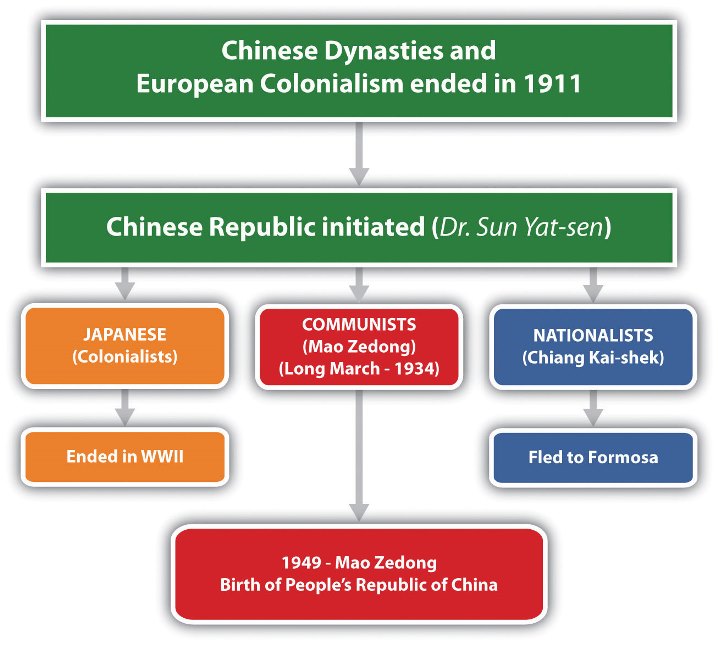
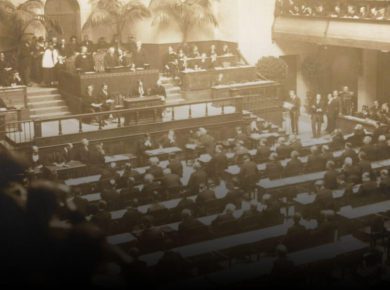

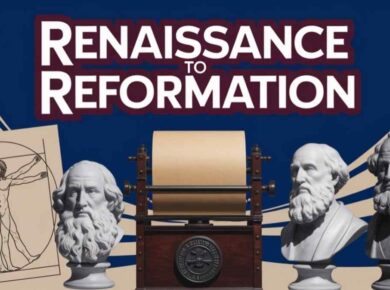
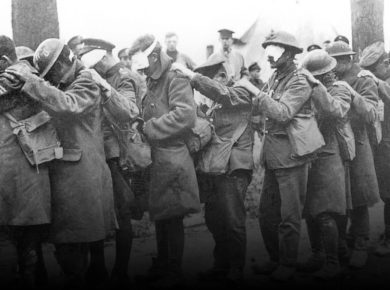
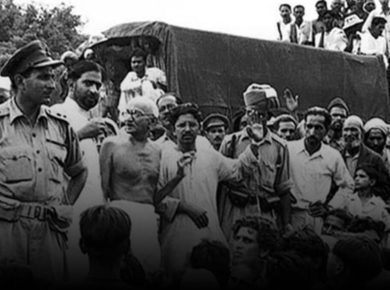
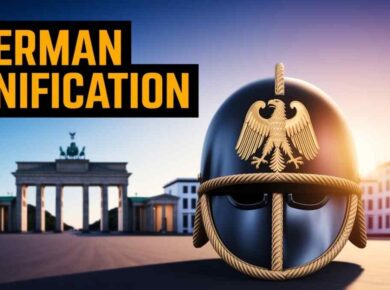




1 comment
thankyou very much to share the knowledge.